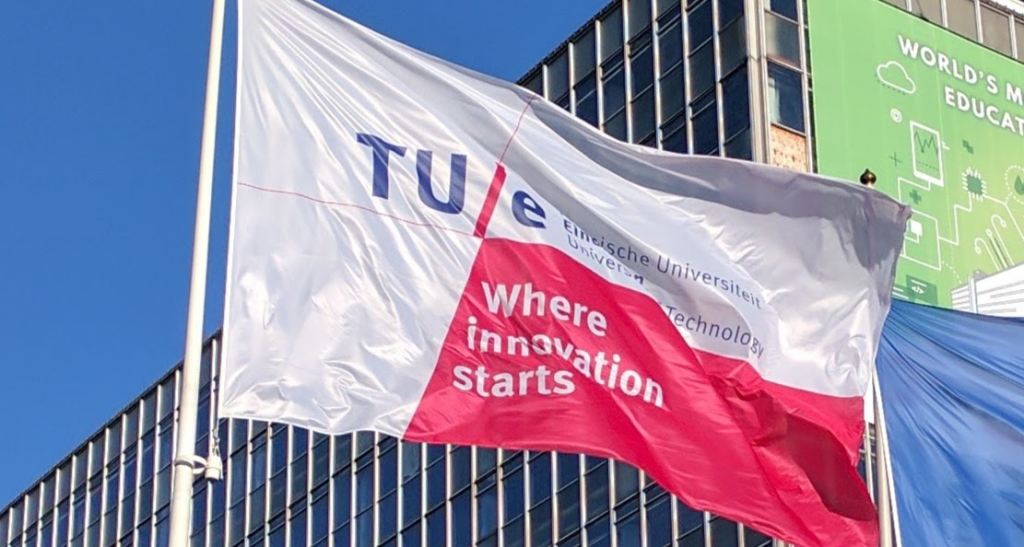
In a weekly column, alternately written by Lucien Engelen, Mary Fiers, Maarten Steinbuch, Carlo van de Weijer, and Tessie Hartjes, E52 tries to find out what the future will look like. All five contributors – sometimes accompanied by guest bloggers – are working on solving the problems of our time. Everything to make Tomorrow Good. This Sunday, it‘s Maarten Steinbuch’s turn. Here are all the previously published columns.
With the cold weather, the winter really comes. And at the end of this December month we close the year 2017, and enter 2018, with or without fireworks. And then it’s only 12 years. Twelve years until 2030. What are we all still waiting for in the next 12 years, and what will the world look like in 2030? How many electric cars will then be sold and are there still any new diesel cars for sale? Are all newly built houses off the gas, and how many solar roofs will we see around us? How many wind turbines will there be in the North Sea? Has Lightyear (solar cars) survived? And Amber Mobility? And my own ambition: will there be more than 1,000 people in our region working in the field of medical robotics for surgeons? And did we manage to create a new form of cooperation in our great Eindhoven ecosystem: the Eindhoven Engine?
This week it was the front page news of the Eindhovens Dagblad: the Eindhoven Engine. In this e52 series, I had already reported on this earlier. You can read that here. The ‘news’ provoked many reactions. Many people have approached me about how they can help me, and everyone sees the opportunities of the Eindhoven Engine. However, we are still at the beginning; we are now organizing discussions with lots of people, to see how we can shape this, and how it could work financially. There are still quite a few challenges, such as the question of what to do with knowledge sharing (patents and so on), and what input each party will be delivering.
In addition to the research power of Philips, both now and in the past, the 2009/2010 knowledge worker regulation is also a source of inspiration for me, just read my previous article about the engine. But then there was an economic crisis and people were threatened with redundancies. Now work is flowing into our region, and we all are incredibly busy. Both in the industry and also at the university, with the recent doubling of the number of students (which makes me happy!). So how can we start to form an Engine in which employees from companies actively participate, together with our students and researchers? We also want to be a learning environment and stimulate and facilitate vibrant work and exponential innovation. This is only possible if we take this into account when designing the Engine. Right from the beginning. We start with the definition of a number of exemplary Engine projects. We also think about training and lifelong learning for the participants in the Engine. But here too, however, we have a number of further steps to take.
The Eindhoven Engine has started as part of the TU/e 2030 expedition: thinking about who and what we want to be as a university in 2030. What research do we want to do, what social role do we have to play, how do we do valorization, what role should systemic thinking have in our education and research? And do we still teach in lectures, or is everything going online, and what role does experimenting play in education? We are now taking the first steps towards 2030 as a TU/e: with the Innovation Space (focused on education) and with the Eindhoven Engine (for valorization and innovation). And we will take further steps. Because before you know it, it is 2030. Only 12 years left. And one December month. I wish you all a Merry Christmas already!
